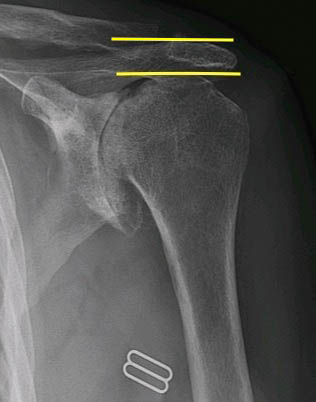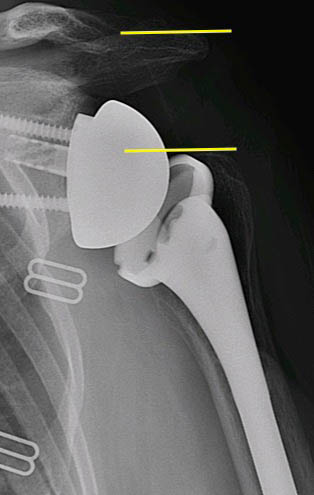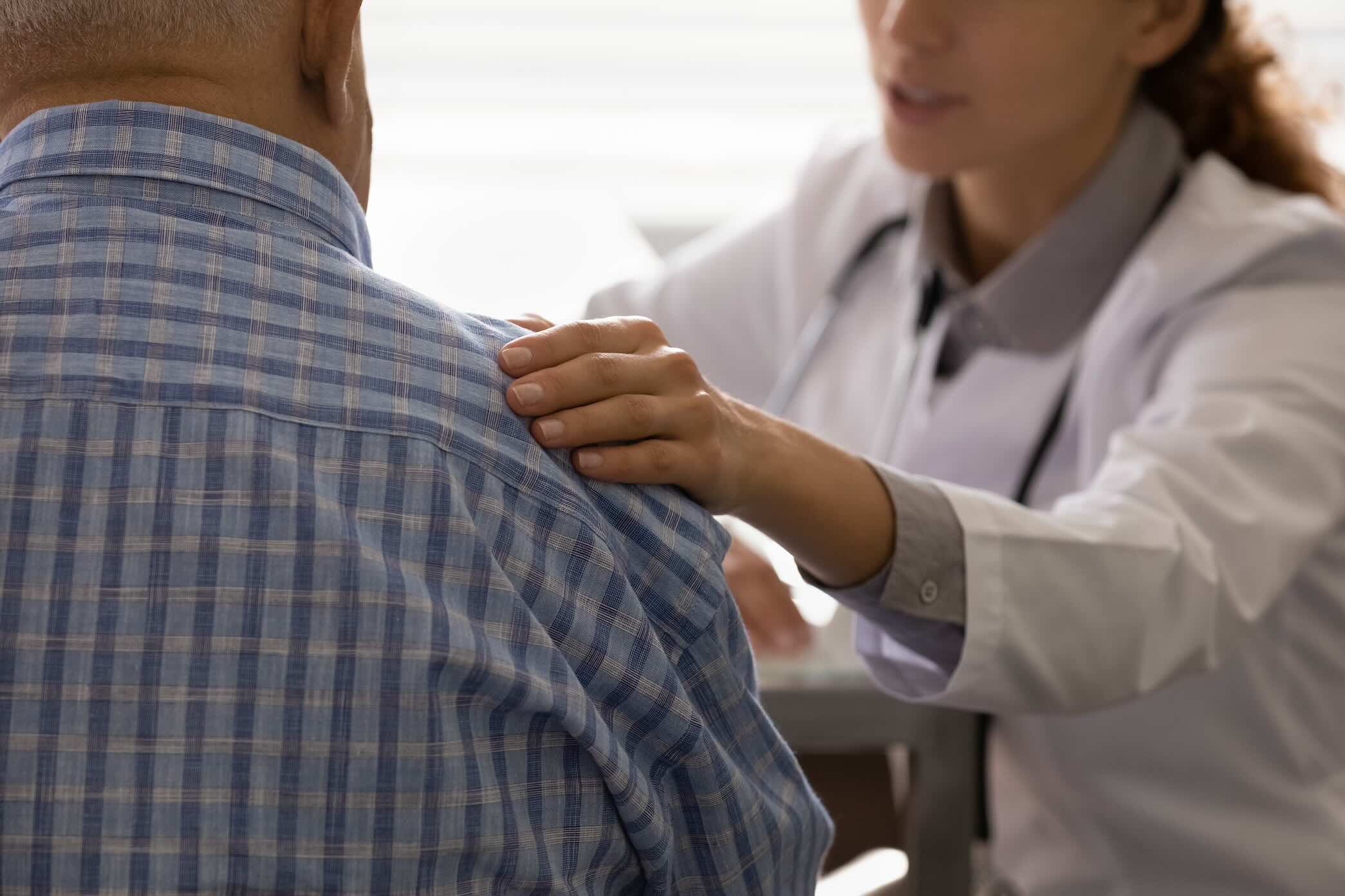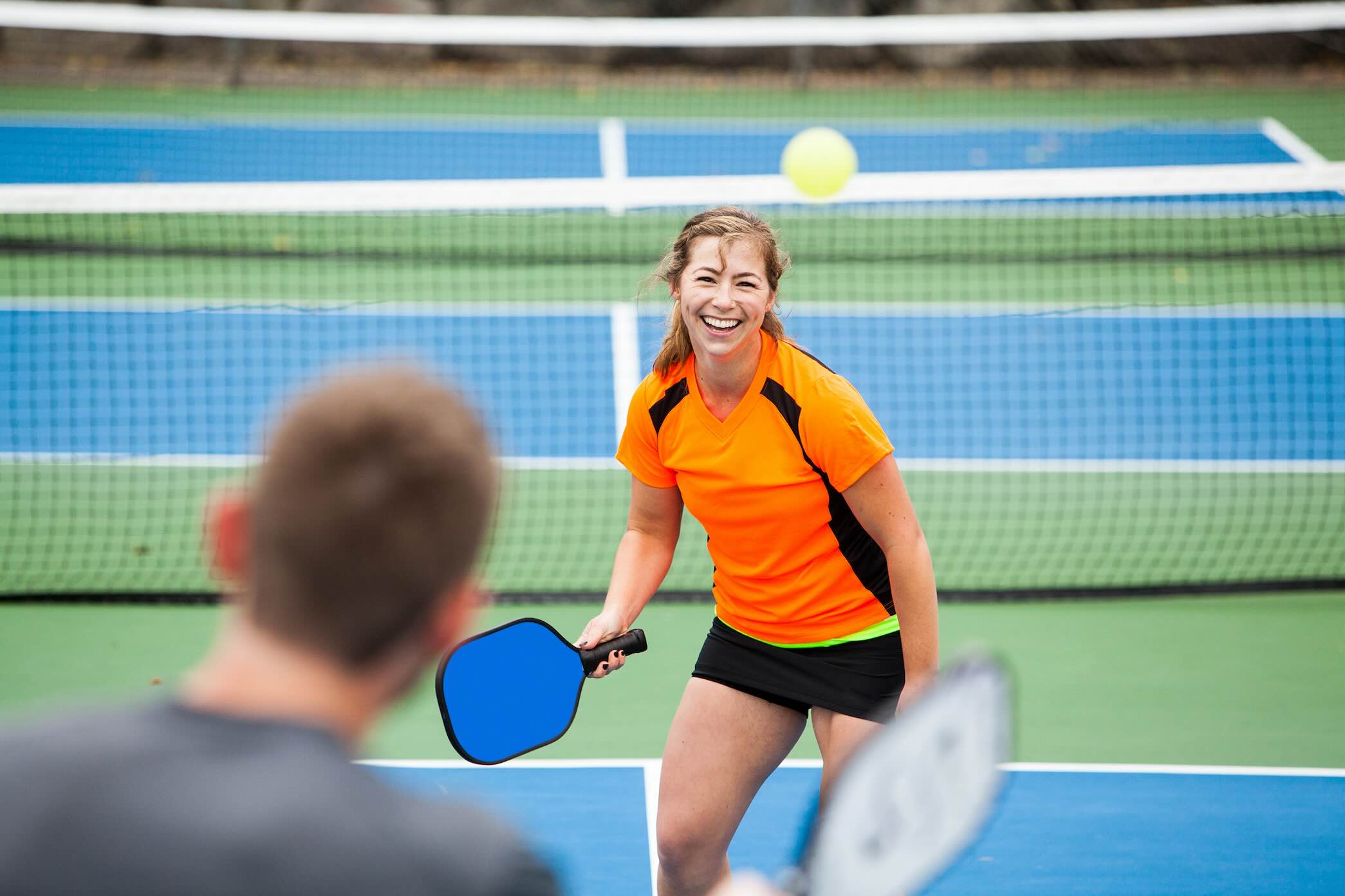One of the questions that I get most often from patients considering a shoulder replacement is the limitations after reverse shoulder replacement.
This is certainly a very important item for patients to discuss before undergoing any procedure for many reasons.
First – Are there certain activities that they are currently able to perform that they are unwilling to give up?
Second – Are there specific activities that put them at higher risk of developing a complication such as fracture or dislocation.
Third – Are there specific activities that make the a higher risk of causing premature failure of the replacement?
Limitations After Reverse Shoulder Replacement | Motion
A Reverse Total Shoulder is typically being performed in patients who already have some restrictions due to the fact that the primary indication for the procedure is a chronic irreparable rotator cuff. The function of the rotator cuff is to not only provide strength to the shoulder with lifting things away from the body, but also serves to keep the humeral head (ball) centered in the glenoid (socket) throughout range of motion.
Without the function of the rotator cuff, patients will often develop what we refer to as “a pseudo paralytic shoulder”. As they attempt to raise their arm, the deltoid muscle fires and pulls the humerus up and locks the humeral head under the acromium resulting in either pain inhibition to raise further or simply a mechanical “lock”.
These are the happiest patients after reverse total shoulder as it restores their ability to raise their arm over their head, decreases pain and improves strength.
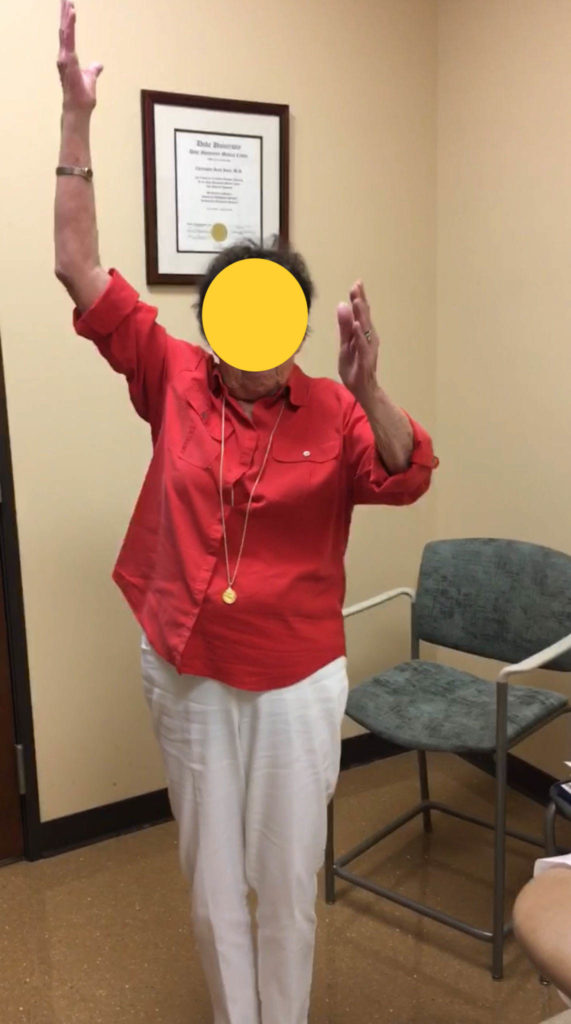
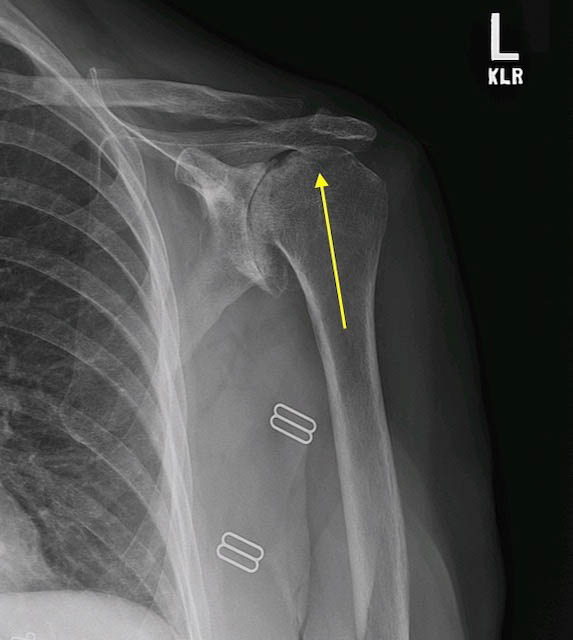
However, in many patients, they have developed rotator cuff deficiency over a very long period of time and have compensated for the loss of these muscle’s function, and still have fairly “normal” motion. These are the patients whom I have to warn that the primary reason to do the procedure is pain relief, and that they might lose a little bit of mobility. The most notable deficiency with reverse TSA is inability to reach behind your back (for example putting on a bra). The biomechanics of the reverse simply do not allow this to happen.
Many patients are able to reach their low back or same side back pocket, but many are limited to their posterior hip.
Strength
The vast majority of patients with appreciate an improvement in strength following a Reverse TSA. This is particularly true in reaching overhead. However, without the rotator cuff “helping”, the strength will still be only 50-75% of a normal shoulder.
Sports
I encourage all of my patients to continue to participate in activities that they enjoy.
I have many patients that are able to get back to playing pickle ball, tennis, golf, lifting weights, hunting, swimming and skiing. However, just as it is with strength, their strokes may not be back to “normal” and they will have to adjust how they play. Of course, if they fall on their shoulder, they could suffer a fracture around the prosthesis, which can be a devastating complication.
Regarding weight limits – While there is no specific data on how much is too much, most surgeons recommend that patients keep the weights down and focus on form and function. I typically tell patients that they should not lift more than 25 pounds with their operative arm, and that they should build up very slowly with weights that they can handle without risk of failure.
Shape of Shoulder
One last thing that I always tell patients before undergoing a reverse TSA is that the shape of their shoulder will change. Because I am essentially lengthening the shoulder, the deltoid muscle is stretched and loses the rounded contour of a normal shoulder.
